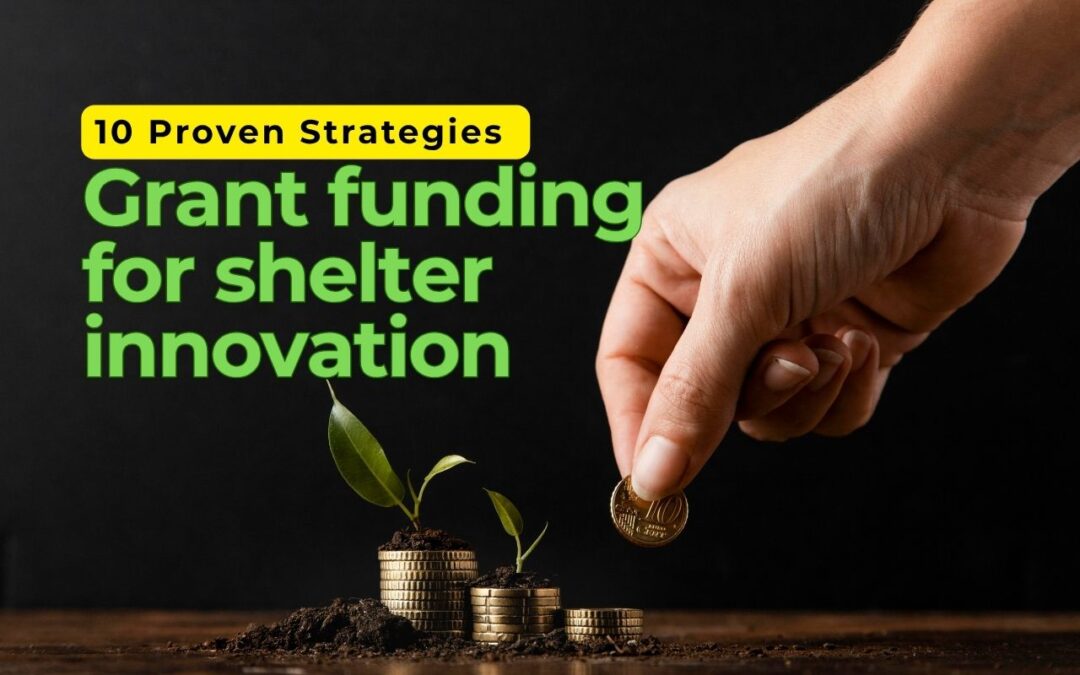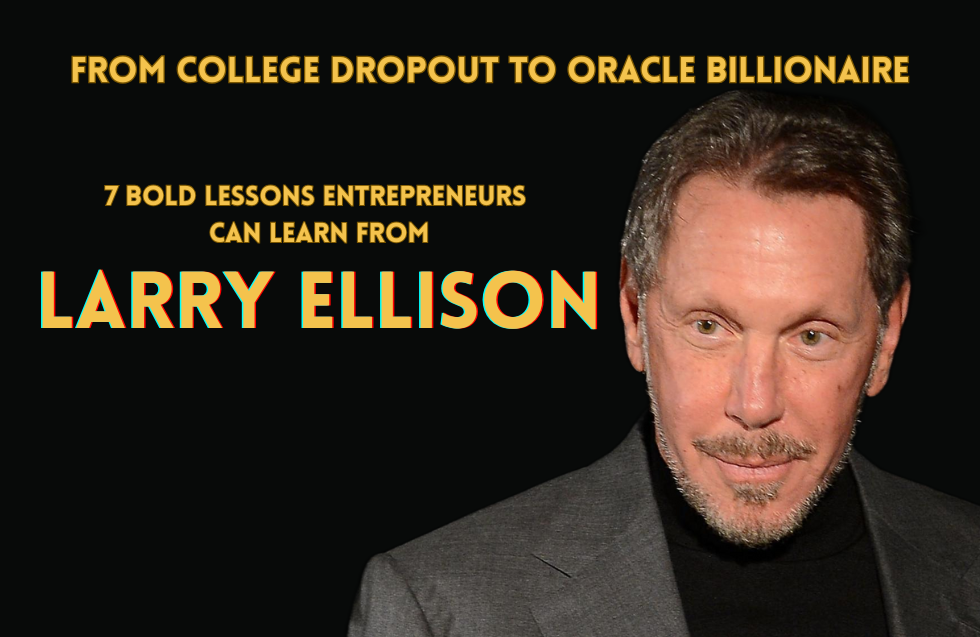With millions either displaced due to conflict, climate disasters, or even economic fallout in grant funding for shelter innovation, the need for safe and dignified shelter has never been more acute. There are a number of innovative shelter solutions, modular housing, eco-housing, and rapidly deployed units that could save lives; however, there is a considerable funding challenge.
Attaining grant funding for shelter innovation and complementing it with strategic crowdfunding can be a breakthrough. This blog takes you through actionable, people-focused methods to finance your next humanitarian shelter venture.
Learn the Big Picture of Shelter Funding
The initial move of any funding process is to understand the terrain. Grant funding is not a one-size-fits-all proposition. There are many sources available foreign aid groups like the [UNHCR Innovation Service], government agencies and private foundations, all providing assistance for humanitarian housing projects.
Whether you are designing sustainable, affordable houses or emergency shelters for refugees, all of these funders are wanting innovative shelter solutions funding. They’re seeking ideas that solve real-world issues in new, sustainable ways.
But here’s the deal: They also want people behind the project, humans with a purpose, not numbers and technical details. So, let’s discuss how to share your story.
Make the Mission Personal and Real
Numbers are impressive, but people are moved by stories. If you’re seeking a grant or launching a crowdfunding campaign for a human shelter , don’t merely sell the tech, sell the human story.
Describe a mother running from conflict who requires dignified shelter for her kids. Explain how your innovation safeguards dignity, maintains cultural tradition or enables communities to reconstruct. These tales make your proposal memorable and investable.
Keep in mind that both grant reviewers and crowdfunders are human beings first. They must get behind your mission before they will back your strategy.
Dig Deep to Find the Right Grants
Let’s be realistic, grants aren’t readily available or easy to get. But with perseverance, the right ones are within our grasp. Narrow down your search to:
- Refugee aid programs
- Disaster relief programs
- Government housing or innovation departments
- Philanthropic foundations with a global health or sustainability focus
You’ll frequently find grant opportunities for innovation in refugee housing and NGO affordable housing innovation grants with rolling deadlines. Don’t look once, set up alerts, and check portals regularly.
Stand Out with a Clear, Credible Proposal
When you do find a grant that’s right, you’ve got to get the application right. Clarity is key. Your proposal will address four simple questions:
- What problem are you fixing?
- How does your innovation solve it?
- Who benefits and how?
- Why are you uniquely positioned to produce results?
Sprinkle in credibility: Past successes, expert testimonials, and particularly real-world sample projects which show what you have already done or intend to repeat.
Launch Small with Crowdfunding, Then Scale
Not all projects begin with a six-figure grant and that’s just fine. Crowdfunding platforms like GlobalGiving or GoFundMe will allow you to test ideas, cultivate a community, and raise funds in the moment. Make sure you pay attention to describing who the project will help and how. Video is useful to describe your shelter vision, real images for emotional connection, and transparent, realistic goals for trust. If you’re looking for crowdfunding and grant funding for humanitarian shelter innovation near me, look into geotargeted platforms or locally-based initiatives that allow people to fund solutions that benefit their local area.
Be Practical and Scalable
Funders love innovation, as long as it is practical, scalable and works in the real time. Don’t reinvent the wheel to try to look trendy or high-tech. Instead focus on what matters:
- Is the shelter climate-resilient?
- Is it quick to deploy?
- Can local materials be utilized? Is it economically viable?
This degree of realism has the power to win over grant funders as well as individual donors who are fed up with promises and want to see proof.
Team Up to Build Credibility
If you’re new to this area, cooperate, collaborate with NGOs, engineers, architects, or universities who can help you develop your presentation and delivery capacity.
Donors want to support proposals presented by established and experienced groups. Moreover, collaboration provides access to additional funding, particularly in highly competitive areas like disaster relief shelter grants or green shelter initiatives.
Demonstrate Your Impact with Openness
You’ve secured your funding now what? The real clue to long-lasting success is demonstrating what you accomplished. Report clearly and regularly. Whether it’s 10 families housed or 100 eco-units installed, show results.
Use newsletters, videos, and social media updates to thank your funders and show progress. This builds trust for the long-term and creates opportunity for funding in the future.
Mix and Match: You can Crowdfund and apply for Grants at the same time
Do not consider grants and crowdfunding as separate tracks. They work better together. You can run a crowdfunding campaign and apply for grants to show engagement. You can mention this in your grant proposal and impress those who read it with your proactive approach to funding. This is especially successful when developing shelter innovation funding for solutions to disasters, in which time and trust are both paramount.
Final Thoughts
Ultimately, grant funding for shelter innovation isn’t about the grant; making a difference in an individual’s life. Each shelter you provide is one person’s fresh beginning, one person’s safe night, one person’s step towards stability.
Use your plan and blend human narrative with watertight logistics and whether you start with $100 or target $1 million, put each dollar to work for you.













